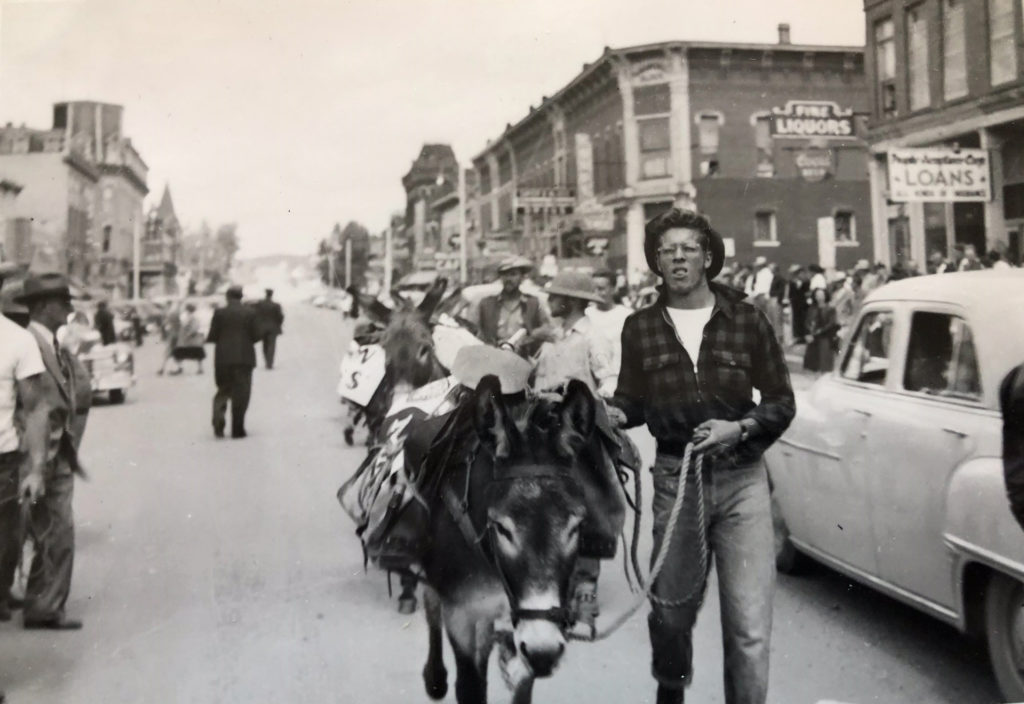I was looking back over my original 2014 proposal for the The Global Mining and Materials Research Project, to which this new Bob Kendrick oral history is the latest addition. There was this passage about the project’s purpose: “to document expertise that can speak to the political, environmental, legal, social, and economic changes that surrounded mining exploration, permitting, production, processing, and remediation over the last thirty years.” This oral history is certainly about all of that, but it is also a life history in the fullest sense. The more proximate impetus for the interviews, as it too often is, was the narrator’s failing health.
In the lead-up to the interview sessions, Bob was concerned that he had not prepared enough, that he might not remember enough, or tell the stories well enough. But he was sure that he wanted to say some very specific things about his life experiences. We worked together with his wife of 65 years, Marian, and their sons Peter and Mike, to assemble material to frame the set of interviews that would be held in a western suburb of Phoenix. Marian and Bob then welcomed me into their home in February of this year for just two days and an afternoon. They had a dining room table covered with boxes of papers, photo albums, and artifacts, such as core samples from a gold mine, the hide of an anaconda and a stuffed piranha. For better or worse, I positioned two of Gary Prazen’s bronze sculptures of miners in the background behind Bob in the interview frame. All around the house were Marian’s paintings depicting beautiful scenes from some of their long sojourns in South America, Central Asia, Siberia, Canada, and all over the United States.
Bob and Marian did work all over the world, but one of the clear messages we get from a life history is the sense of origin, of place. There is a distinct mountain sensibility about this oral history. The place and time where Bob grew up, Leadville, CO in the 1930s and 40s, was a somewhat forbidding place, on a kind of vertical frontier, a sometimes dangerous place. Bob grew up with danger, but I suspect he also grew up with some variety of mountain culture. People did things up there that were difficult, sometimes because they had to, but sometimes precisely because they were difficult. Bob relished physical challenges, which perhaps prepared him for other kinds of challenges later in life.

There are parts of this oral history that are raw. There were stories that were difficult for Bob to recount, but that he wanted to tell nevertheless. These days, there is little talk about “character,” so little that I don’t know that we can easily define it anymore. When I heard Bob talk, still with a lot of grief after so many years, about what it’s like to tell a family that their loved one has been killed in the mine of which he was in charge, I thought I might have caught a glimpse. It occurs to me that these interviews were perhaps one more difficult thing he wanted to do. But this oral history is, to paraphrase Bob, also full of good things.
Bob is survived by his wife Marian, and his children Mike, Peter, Melissa, Rob, and Gina.
The Oral History Center wishes to thank the Freeport Foundation and Stanley Dempsey for their support of the Center and for making this oral history possible.